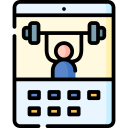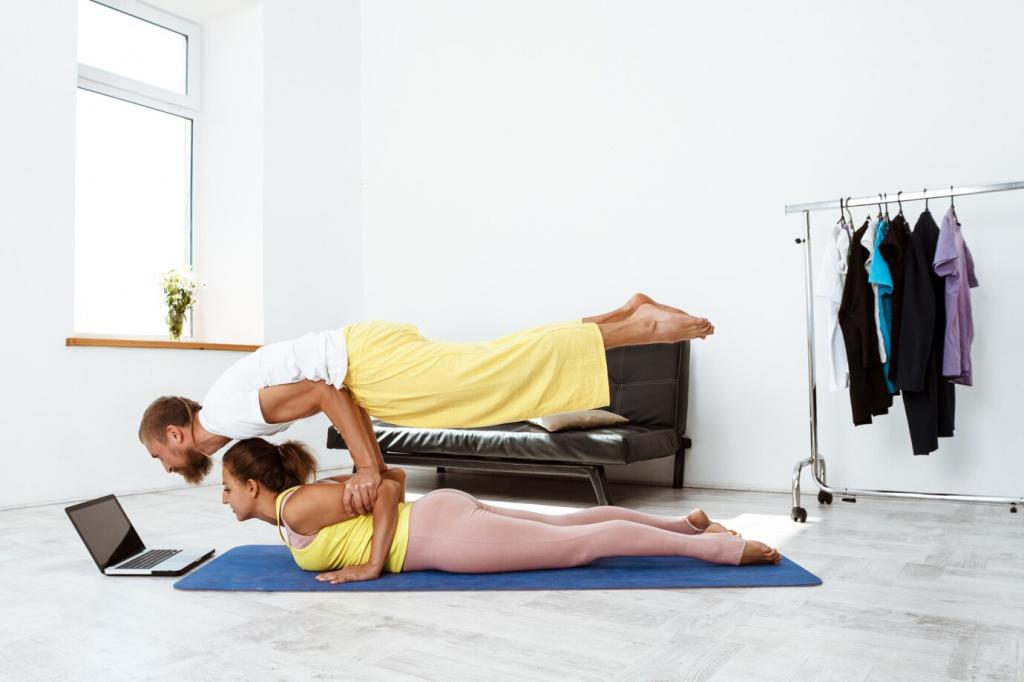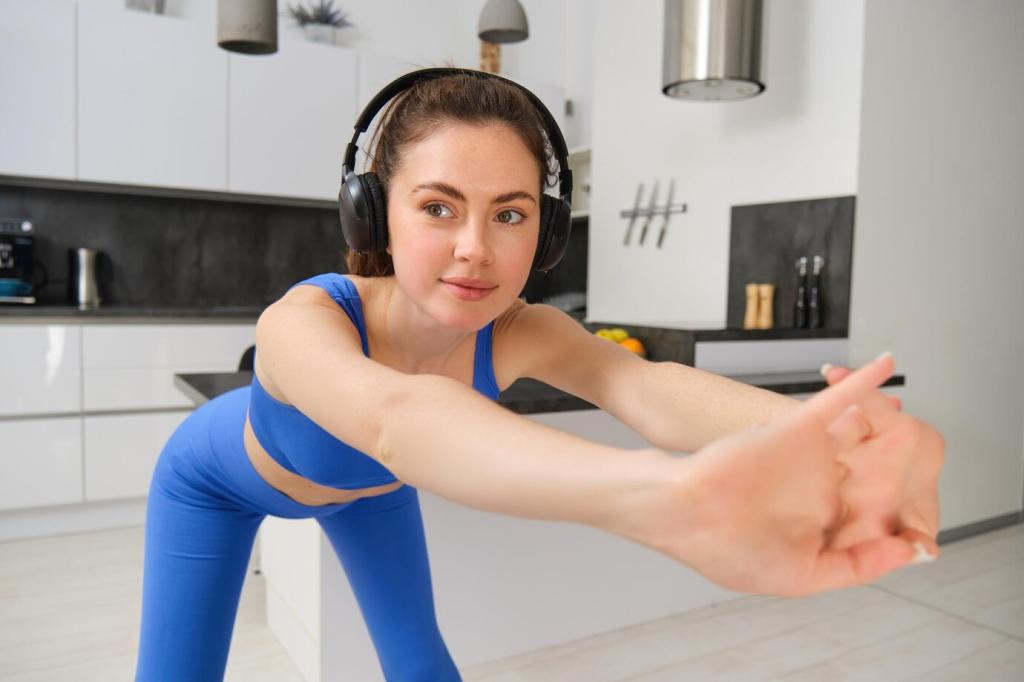Recovery and Longevity: The Secret Multiplier
Beginners: five-minute walk and dynamic joints. Intermediates: ramped sets and mobility at end ranges. Advanced: targeted activation and rehearsal singles. A level-matched warm-up reduces injury risk and primes nervous system readiness without exhausting you early.
Recovery and Longevity: The Secret Multiplier
Prioritize seven to nine hours of sleep, easy walking on rest days, and light mobility after harder efforts. Keep protein and hydration steady. If heart rate or mood lags, scale back load or volume before motivation and performance unravel.




